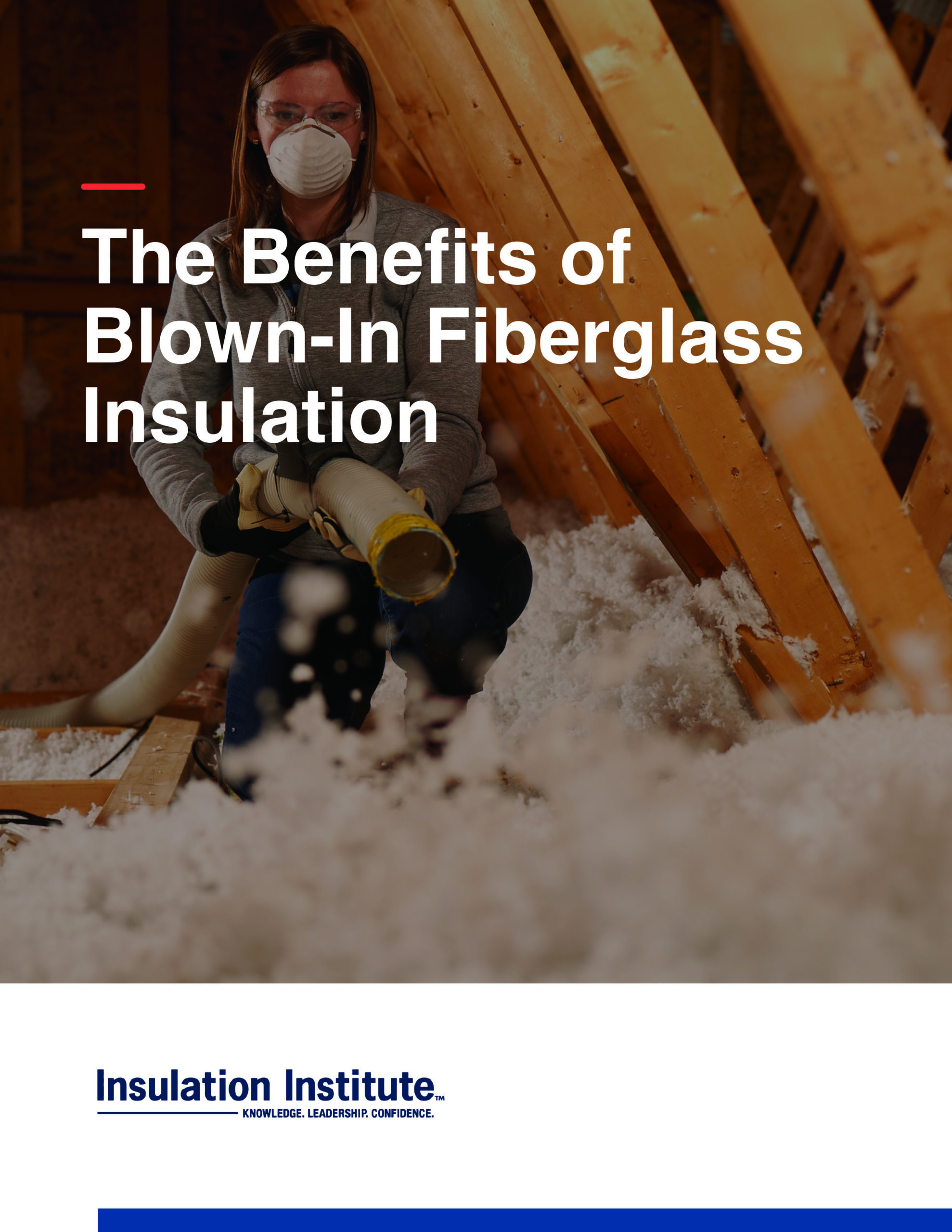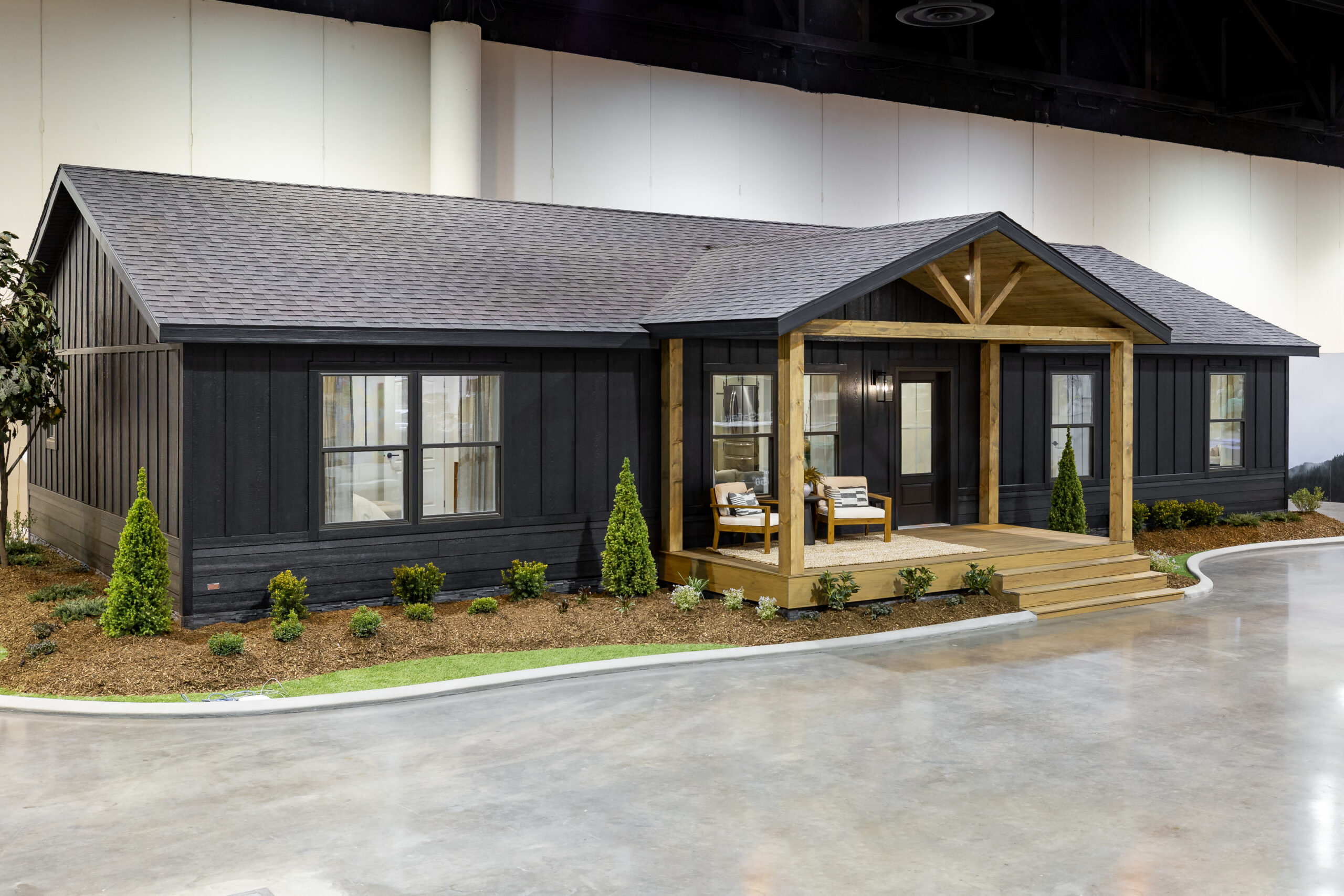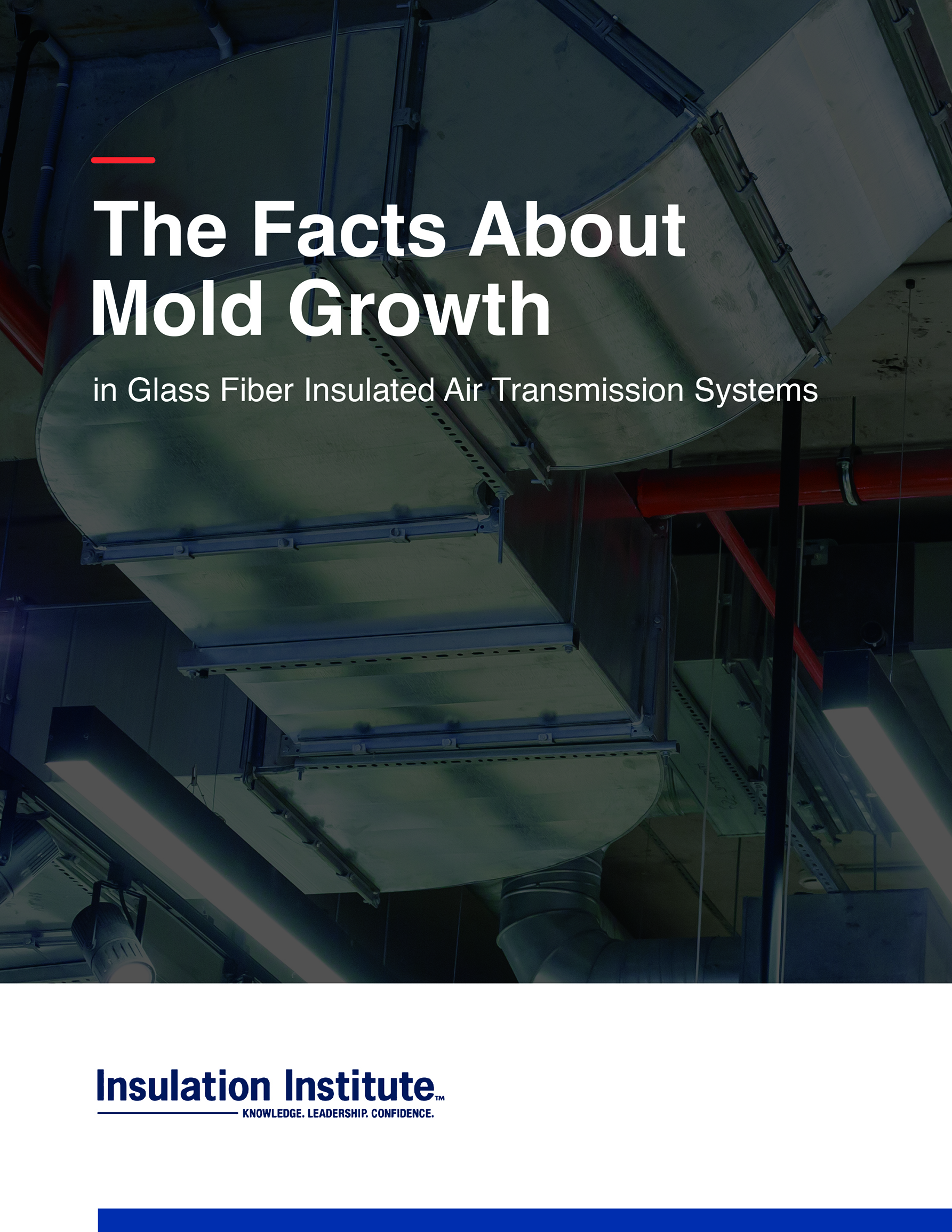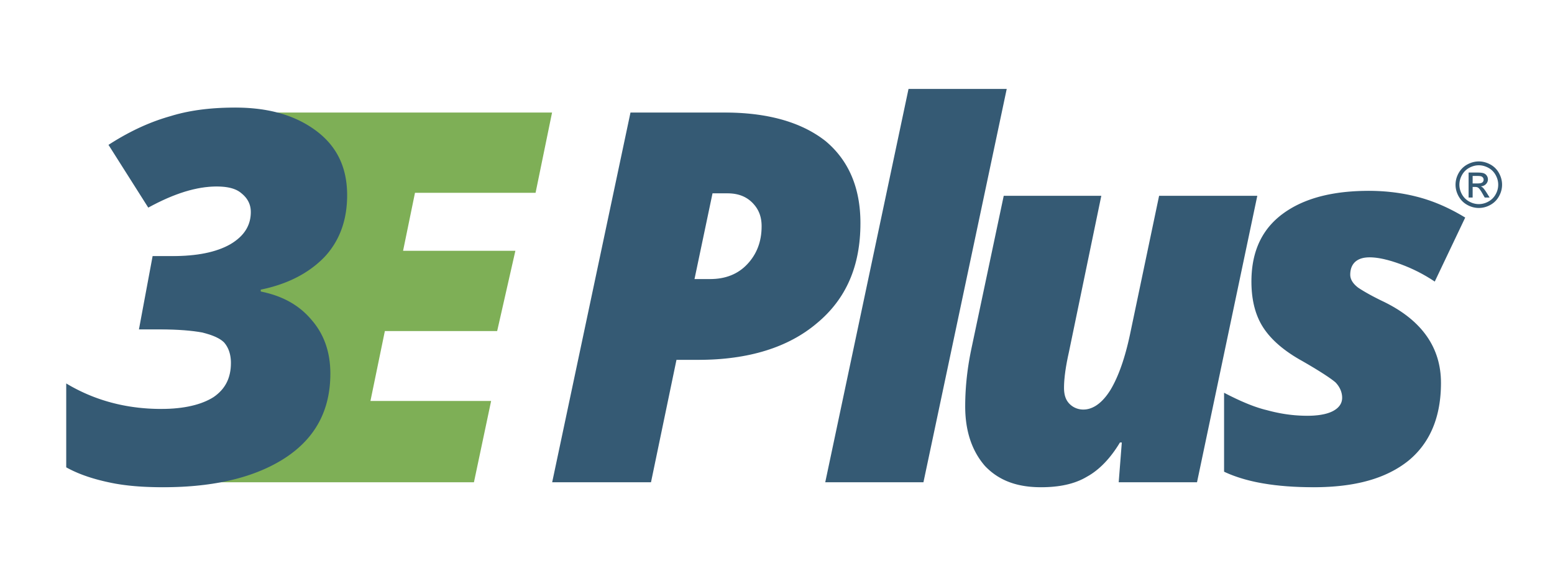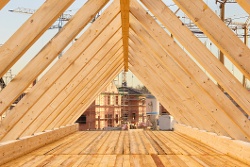Blown-in fiberglass (or loose fill) insulation is increasingly popular in new residential construction and in renovations, accounting for 19 percent of current insulation market share and growing[1]. More stringent energy codes, the ease of installation, as well as the safety and health profile of the product over other insulation types have all contributed to the steady growth in use.
Details »Insulation Institute Blog
The Biden Administration on Wednesday announced a national initiative to advance building codes. The effort is designed to help state, local, Tribal, and territorial governments adopt the latest, current building codes and standards. Doing so, it says, will boost resilience to hurricanes, flooding, wildfires, and other extreme weather events, which are intensifying because of climate change. The added benefit is lower utility bills, especially for underserved communities.
Details »The U.S. Environmental Protection Agency recently finalized the requirements for the latest version of its long-running ENERGY STAR Single Family New Home program. The National Version 3.2 puts the thermal envelope requirements of the 2021 International Energy Conservation code front and center. The new version now stipulates mandatory envelope requirements of the 2021 IECC. It ensures a minimum of 10 percent savings over the current requirements of the 2012 IECC and a 20 percent improvement or more in states where older versions of the code are enforced. The new program changes will take effect beginning January 1, 2025. However, when version 3.2 is released this fall, it will be useable with a thermal envelope 5 percent worse than the 2021 IECC (105% UA of 2021 IECC).
Details »Clayton Homes (a Berkshire Hathaway Company) last month unveiled its first Net Zero home to the public. The company, one of the largest national builders of off-site and site-built homes, paired several energy efficiency upgrades and a solar roofing system to deliver the CrossMod model home it says is both sustainable and attainable.
Details »Fiberglass duct liners and duct board have been incorrectly blamed for contributing to mold growth in high humidity and high temperature conditions. The fact is that fiberglass is inherently resistant to mold growth. Stringent testing in accordance with UL and ASTM standards confirms that fiberglass duct liners and duct board do not support mold growth.
Details »U.S. and global policymakers are increasingly focused on decarbonization efforts to address climate change. In response, trade associations representing the major U.S. insulation industry organizations recently released a statement of policy principles on building decarbonization. The principles advocate maximizing energy efficiency in buildings and pursuing whole-building embodied carbon reductions in building materials and components.
Details »The National Association of Realtors® has just released the results of an annual survey of its members on green home features. The 2022 Realtors and Sustainability Report shows that half of realtors have helped clients buy or sell a home with green feature – a sharp increase from the 32 percent of the previous year. Additionally, 63 percent stated that having energy efficiency information in listings is somewhat or very valuable in selling a home.
Details »“We need to think about insulation, or to start thinking about it in the first place,” says a Vox news story this week. As part of a series that addresses our warming world, Vox writer Neel Dhanesha calls insulation the climate solution hiding in our walls. There’s no time like today — Earth Day — to talk about insulation’s important role as a tool for pollution reduction.
Details »NAIMA recently released a new version of its popular 3E Plus software, which allows users to calculate the appropriate thickness necessary for any application of pipe or mechanical insulation.
Details »Nationwide the construction industry needs 650,000 more workers to meet building demand this year alone, according to experts. Adding to the urgency is that up to 40 percent of the construction workforce is expected to retire by 2030.[1] After many years of bad news about the construction trades workforce comes the good news this week that enrollment in skilled trades programs has boomed since the start of the pandemic.
Details »
